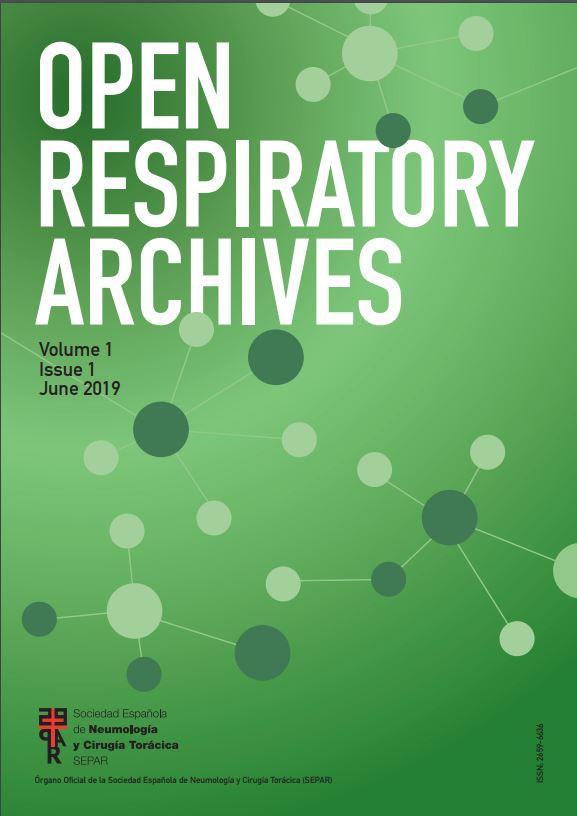It is well known that tobacco and related electronic products (vapers and heated tobacco) harm those who consume them (first-hand tobacco), those who live with the consumer (second and third hand), and the environment (fourth hand). In this article we intend to establish a new hand, the fifth (fires and explosions).
Recently, the news1 of the tragedy that occurred in a nursing home hit the press, as a poorly extinguished cigarette caused a fire in which ten elderly people died in Zaragoza (Spain). Unfortunately, these events are more frequent than we think.2 There are around 17,000 property fires in Spain every year, with an average of 165 deaths per year, and 70% of total deaths are from house fires (https://www.aprendemergencias.es/incendios/incendios-en-vivienda/). In 2022, 176 deaths in Spain were attributed to property fires, with tobacco use accounting for third place (9.7%) with seventeen confirmed deaths in this tobacco group. This is higher than the data for 2021 (12 deaths), and it doubles the number reported in 2020.3 As a result, tobacco use is one of the main causes of home fires, not just in Spain (https://www.nfpa.org/es/education-and-research/research/nfpa-research/fire-statistical-reports/smoking-materials). The problem does not stop at home; tobacco also destroys and contaminates the environment. Because of cigarettes, more than 40,000 hectares of forest have been burnt in the last 20 years in Spain (1999–2019). Just over 3% of forest fires ultimately originate from cigarette butts abandoned or thrown into the environment. (ISM: https://www.ismedioambiente.com/el-impacto-del-tabaco-en-el-medio-ambiente/).
The tobacco industry recognized the previous problem and tried to address the fires by incorporating circular band strips into the cigarette. Cigarettes with modified combustion properties (Fire Standard Compliant, or FSC) were introduced in 1993 in an effort to lower the risk of fire. For FSC cigarettes, circumferential bands with varying densities, compositions, widths, and separations are added along the cigarette. The FSC cigarettes are designed to stop burning when left unattended but otherwise have the same characteristics as other cigarettes. Cigarettes labeled “fire-safe” are misleading. Fires can and will be started by cigarettes that adhere to the fire standard.4
An added problem to the previous one, as stated in an American report, is e-cigarettes (EC). These devices for vaping have fire risks that can happen while they are being used, charged, or transported, and all of this is associated with lithium-ion batteries (https://www.safety.rochester.edu/fire/safetyalerts/pdf/electronic_cigarettes.pdf). The severity of burns and the commonly injured locations strongly indicate a need for improved EC construction, regulation of EC batteries, and improved dissemination of information on explosions for safety and prevention purposes.5 Regarding heated tobacco products, the IQOS® safety warnings and instructions (electronic and battery hazards, electrical hazards section) insist that failure to follow these instructions could result in: fire, explosion, electric shock, injury, or damage risks and damages related to lithium batteries again.
In conclusion, tobacco and new electronic tobacco products cause fires, death, and destruction to people, homes, and the environment. We suggest that these effects of tobacco be called fifth-hand tobacco.
FundingNone declared.
Authors’ contributionsJIGO: conception and design of the study, writing the core content of the study, analysis and interpretation of data, drafting the article and revising it critically for important intellectual content. SSR and CAJR: critical review of the manuscript.
All authors approved the current version of the manuscript.
Conflicts of interestJIG-O has received honoraria for lecturing, scientific advice, participation in clinical studies or writing for publications for the following (alphabetical order): Adamed, Aflofarm, Boehringer Ingelheim, Neuraxpharm and Pfizer. CAJR has received honoraria for presentations, participation in clinical studies and consultancy from: Adamed, Aflofarm, GEBRO, GSK, Kenvue, Menarini, Neuraxpharm and Pfizer. SSR has no conflicts of interest.





